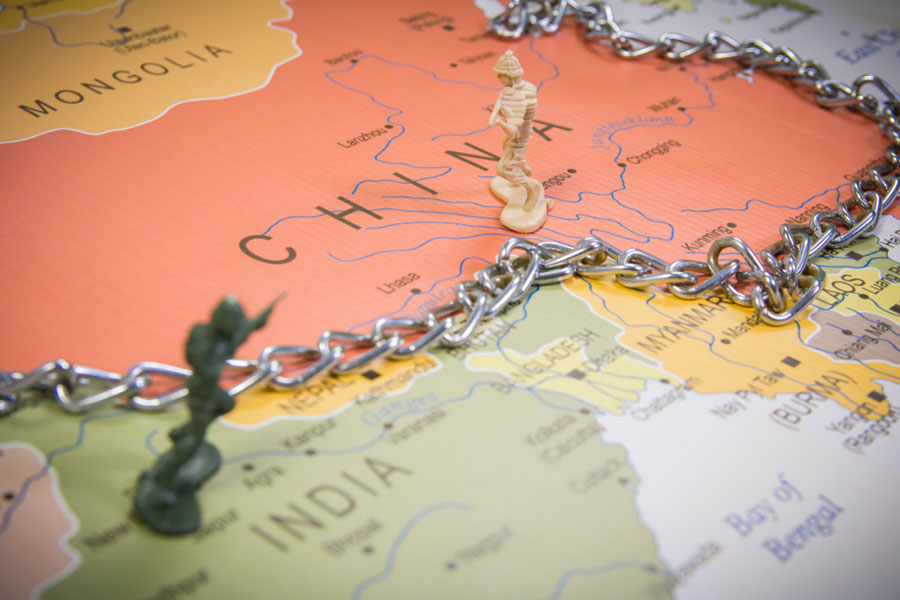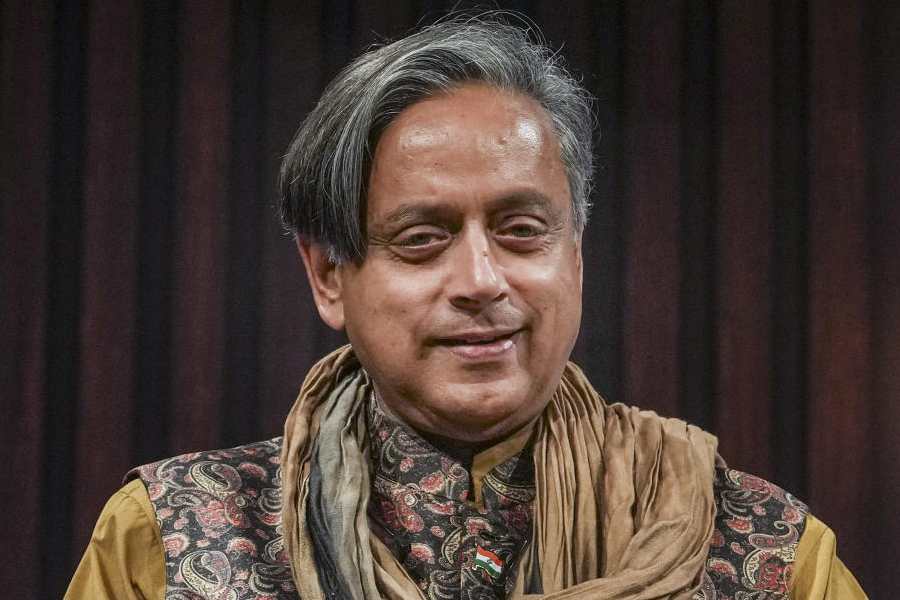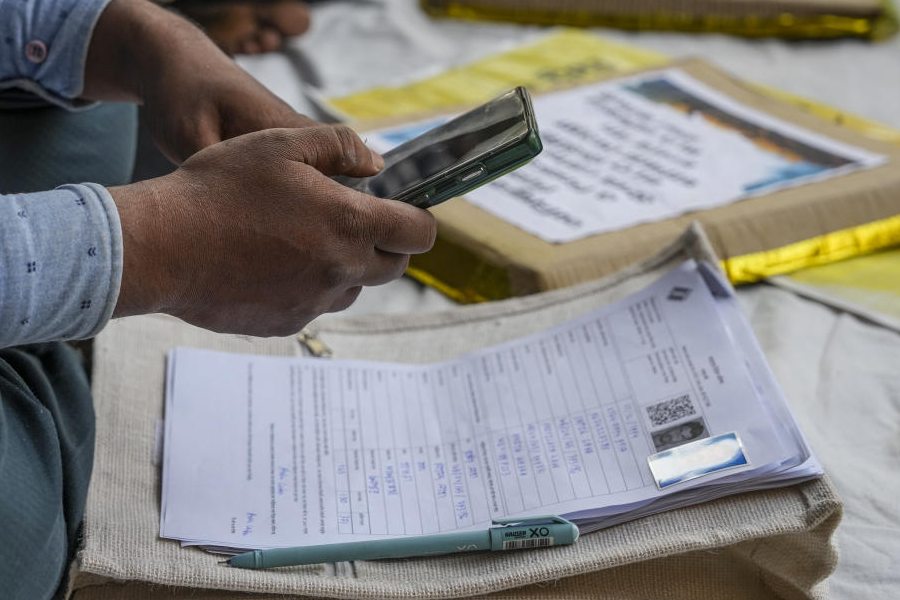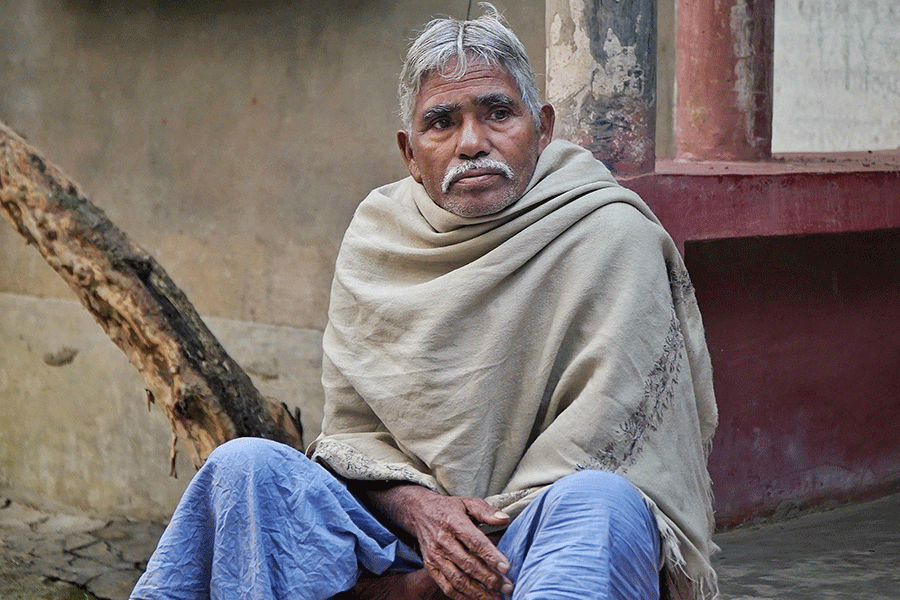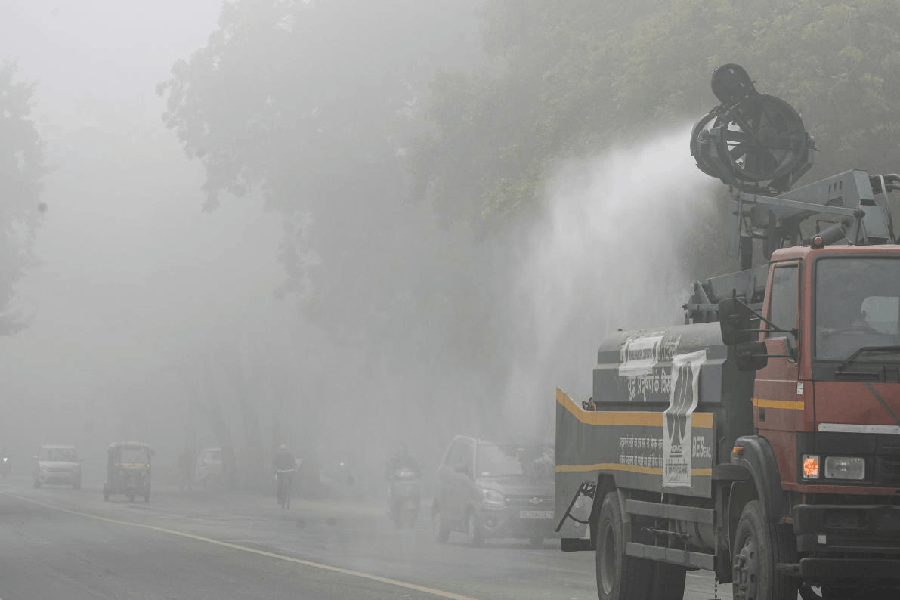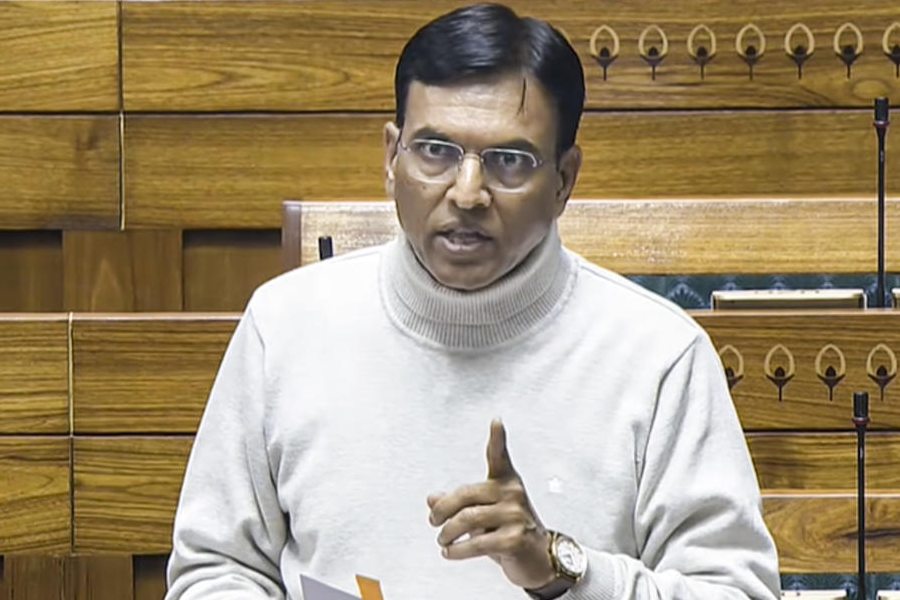India on Wednesday quietly announced the resumption of tourist visas for Chinese nationals after a hiatus of over five years that began with the Covid pandemic and was sustained by hostilities following the Galwan clash in June 2020.
The announcement was made by the Indian embassy in China only in Mandarin with a post on the Chinese microblogging site Weibo in an attempt to contain a possible political backlash. There was no mention of the decision on the website of the embassy or the external affairs ministry till late in the evening.
Earlier this month, Congress leader Rahul Gandhi had termed the government’s handling of the China issue a “full-blown circus” after external affairs minister S. Jaishankar met Chinese President Xi Jinping on the sidelines of the Shanghai Cooperation Organisation’s Council of Foreign Ministers meeting.
Breaking the news of the Indian government’s decision, China’s national English newspaper Global Times said in a post on X: “The Embassy of India in China announced... that, starting from July 24, 2025, Chinese citizens can apply for a tourist visa to visit India after completing an online application, scheduling an appointment, and personally submitting their passport and other required documents to the Indian Visa Application Centers in Beijing, Shanghai and Guangzhou....”
The post further said: “This marks the first time since the suspension in 2020 that India has resumed issuing tourist visas to Chinese citizens after a five-year hiatus, according to media reports.”
The decision was welcomed by Beijing.
“We take note of this positive move. Easing cross-border travel is widely beneficial. China will maintain communication and consultation with India to further facilitate travel between the two countries,” Chinese foreign ministry spokesman Guo Jiakun said.
India had suspended tourist visas for Chinese nationals in early 2020 with the onset of the pandemic and continued with the freeze in the wake of the Galwan clash in June of the same year. China had also suspended visas for Indians and other foreign nationals in early 2020 because of the pandemic, but partly lifted the ban in 2022 for students and business travellers.
Chinese ambassador to India Xu Feihong had earlier this year announced that as of March 17, 2025, his embassy and consulates in India had issued more than 50,000 visas to Indian citizens travelling to China.
“Measures have been taken to make it easier to visit China, such as no online appointment any more, biometric collection exemption for a short term,” he had added.
In 2019, around 1.31 crore foreign tourists had visited India, of which 305,000 were Chinese, according to data available in the public domain.
The resumption of visas will facilitate people-to-people contact that is a key component of any bilateral relationship. After the Galwan clash, China had repeatedly stressed the need for the two countries to insulate the relationship from the border dispute, but India maintained that there could be no return to normalcy without peace and tranquillity in border areas. This changed in October last year after the final breakthrough in the disengagement talks over Demchok and Depsang in eastern Ladakh, leading to a meeting between Prime Minister Narendra Modi and Xi in Kazan, Russia, later that month.
A violent clash between India-China border troops had led to the death of 20 Indian soldiers at the Galwan Valley in eastern Ladakh on June 15, 2020. Four days later, Prime Minister Narendra Modi told an all-party meeting: “Neither has anyone intruded into our frontier there, nor is any intruder there, nor is any of our posts occupied by someone else.”
During his recent China visit, the first after the Galwan clash to attend the (SCO-CFM) meeting, Jaishankar had dwelt on how the disengagement in border areas has had a positive impact on bilateral relations.
“We have made good progress in the past nine months for the normalisation of our bilateral relations. It is a result of the resolution of friction along the border and our ability to maintain peace and tranquillity there. This is the fundamental basis for mutual strategic trust and for smooth development of bilateral relations. It is now incumbent on us to address other aspects related to the border, including de-escalation,” Jaishankar had said.
“Measures towards normalising our people-to-people exchanges can certainly foster mutually beneficial cooperation. It is also essential in this context that restrictive trade measures and roadblocks are avoided,” he had added.
The resumption of visa services is another step towards taking the relationship to the pre-2020 normal. Earlier measures included China allowing the Kailash Mansarovar Yatra after five years and the ongoing discussions to resume direct flights between the two countries.
While India continues to stress the need to resolve the border issue, the incremental steps being taken towards normalising the relationship essentially bring back into play the 1993 Agreement on the Maintenance of Peace and Tranquillity along the Line of Actual Control that delinks the rest of the relationship from the boundary dispute. This had been the guiding principle of the relationship across successive governments of different political persuasions till China sought to change the dynamics with the amassing of troops in eastern Ladakh in the spring of 2020.

